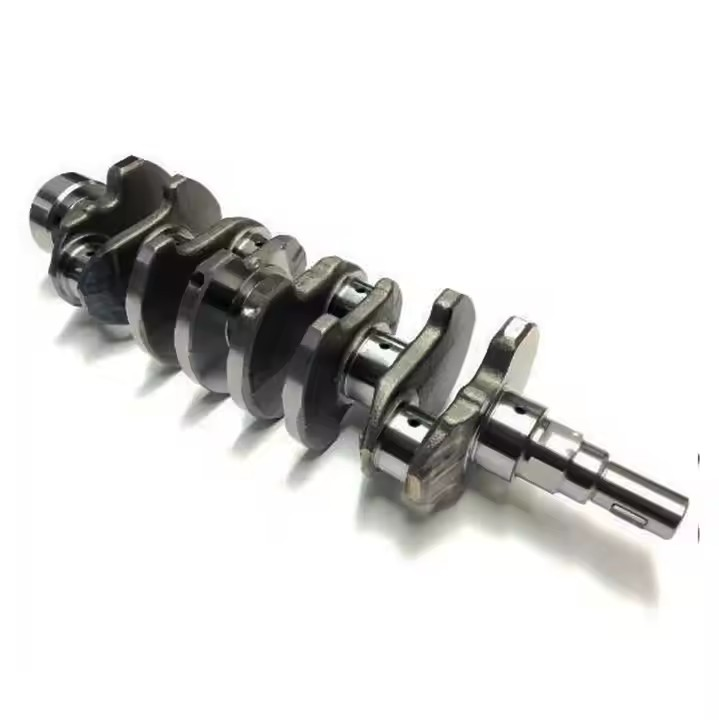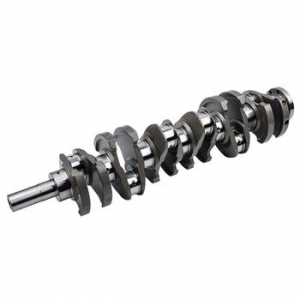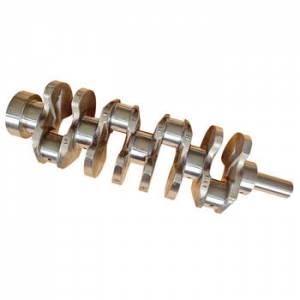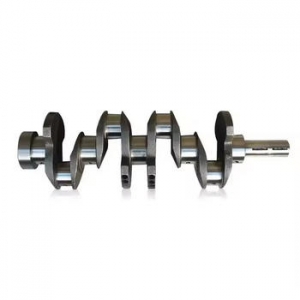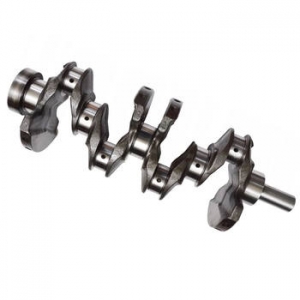The Importance of Crankshaft Design
The design of a crankshaft plays a critical role in the performance and durability of an internal combustion engine. The crankshaft converts the reciprocating motion of the pistons into rotational motion, which drives the wheels of the vehicle. As such, it is subjected to significant loads and stresses, making it essential to design the crankshaft to be both lightweight and strong.
The Benefits of Finite Element Analysis
Finite Element Analysis (FEA) is a powerful tool that can help engineers optimize crankshaft design. FEA uses mathematical algorithms to simulate the behavior of a component under different loading conditions, allowing engineers to analyze stress, strain, and deflection. This information can be used to identify weak points in the design and make improvements, resulting in a more efficient and durable crankshaft.
The Process of Crankshaft Design Optimization Using FEA
The first step in using FEA for crankshaft design optimization is to create a 3D model of the crankshaft. This model is then divided into small finite elements, allowing the software to analyze the behavior of each individual element under different loading conditions. Engineers can then apply various loads to the model, such as torsional, bending, and radial loads, to simulate real-world conditions.
Analyzing the Results
Once the simulation is complete, engineers can analyze the results to identify areas of high stress, strain, or deflection. They can then use this information to modify the design, such as adding material to strengthen weak points or removing material to reduce weight. The modified design can then be re-analyzed using FEA to ensure that it meets the required performance and durability standards.
The Benefits of Crankshaft Design Optimization Using FEA
Optimizing crankshaft design using FEA has several benefits. Firstly, it can reduce the weight of the crankshaft, improving engine performance and fuel efficiency. Secondly, it can improve the crankshaft's durability, reducing the risk of failure and extending its service life. Finally, it can reduce development costs by minimizing the need for physical prototyping and testing.
Conclusion
In conclusion, crankshaft design optimization using Finite Element Analysis is a powerful tool for improving engine performance and durability, while reducing development costs. By simulating the behavior of the crankshaft under different loading conditions, engineers can identify weak points in the design and make improvements, resulting in a more efficient and durable crankshaft. As the demand for more fuel-efficient and reliable engines continues to grow, the use of FEA for crankshaft design optimization will become increasingly important.

